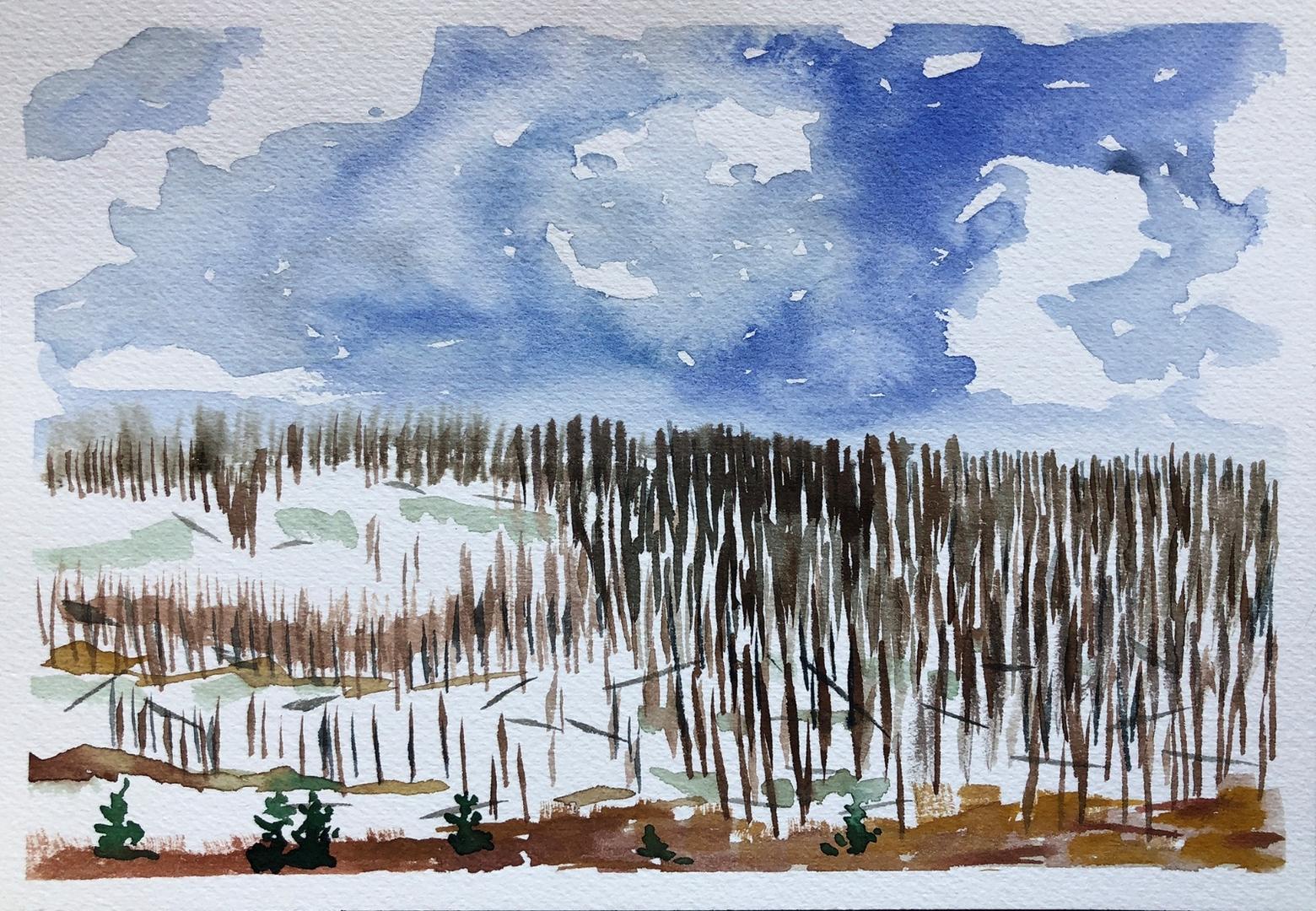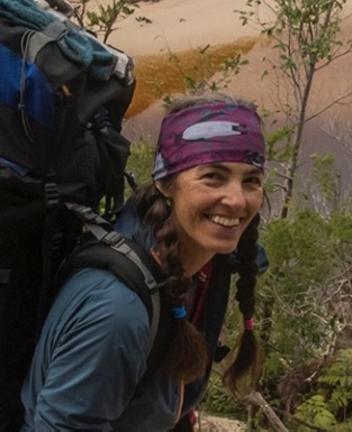Back to StoriesVisual Delights Spring From Wildfires Past In A Forest Reborn
October 17, 2017
Visual Delights Spring From Wildfires Past In A Forest RebornSkunked In Her Search For A Grizzly, Sue Cedarhom Reflects On the Power Of The Flame
What a difference a day, or a year makes.
One day the meadow had a big, beautiful, male grizzly bear
digging and grubbing for roots, eating as much as he can before hibernation. I
was lucky to photograph him for over 3 hours that morning.
I came back in the afternoon and he was still there, just a
quarter-mile from where I had left him hours earlier. That night we got several inches of snow. I
thought it would be exceptional photography to capture images of the bear in
fresh snow. It was overcast as I drove north out of Jackson into Grand Teton
National Park.
When I got to the
meadow at the park’s north end, the clouds were dissipating and the sky shockingly
blue. The snow was melting quickly off the trees, clumps of wet snow falling
with a soft plop. The bear was no where
to be seen.
I parked in a turn-out to wait, hoping the grizzly would
reappear. Because the bear was absent I paid more attention to the scene and
realized a wildlife protagonist wasn’t needed.
Last summer a wildfire had burned through this whole area of
the park, closing the highway for a week or more, filling the valley with a
muted pall. Most every summer of late we’ve
had weeks of smoke, concealing the mountains, one of the reasons we live here,
and making it hard to breathe.
Fires are vital for the health of the forest and they are
expected to become more frequent with climate change. The heat of flames pop
open the serotinous pine cones of lodge pole, allowing them to fall out of
their protective shell and germinate. The sheltering forests we love grew out of
blackened earth.
In the years after a blaze, fireweed blankets the area,
different fire-adapted birds and animals arrive, taking advantage of the new
growth and finding insects in the dead totems. For this painting, the stark
black trunks of the trees appeared like rows and rows of toothpicks stuck in
the snow, a graphic reminder of nature’s creativity in necessary “destruction”.




